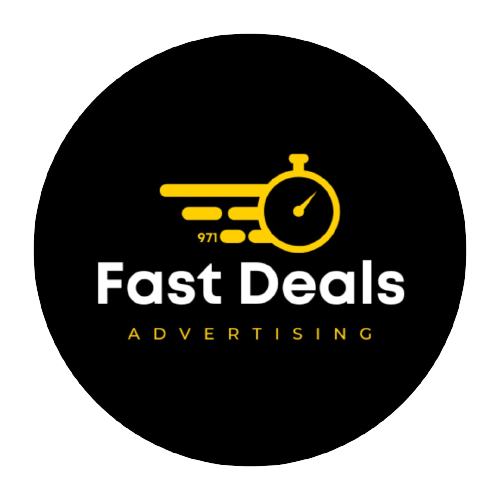1. Know Your Audience:
Segment your audience based on behavior, interests, and demographics for more targeted messaging.
2. Map the Buyer Journey:
Understand what questions and needs customers have at each stage: awareness, consideration, and decision.
3. Create Stage-Specific Content:
Top of funnel: blog posts, social media.
Middle of funnel: case studies, webinars.
Bottom of funnel: demos, testimonials, pricing pages.
4. Use Clear CTAs:
Guide users to the next step with strong, relevant calls-to-action.
5. Optimize Landing Pages:
Keep them focused, fast-loading, mobile-friendly, and aligned with your ad or email content.
6. Nurture Leads with Email:
Set up drip campaigns based on user behavior to build trust and move leads down the funnel.
7. Test Everything:
Run A/B tests on headlines, CTAs, layouts, and offers to improve conversion rates.
8. Track Funnel Metrics:
Monitor conversion rates, bounce rates, time on page, and drop-off points. Optimize based on data.
9. Use Retargeting Ads:
Bring back visitors who didn’t convert using tailored ads.
10. Align Sales and Marketing:
Share insights and feedback regularly to ensure consistent messaging and better lead qualification.
